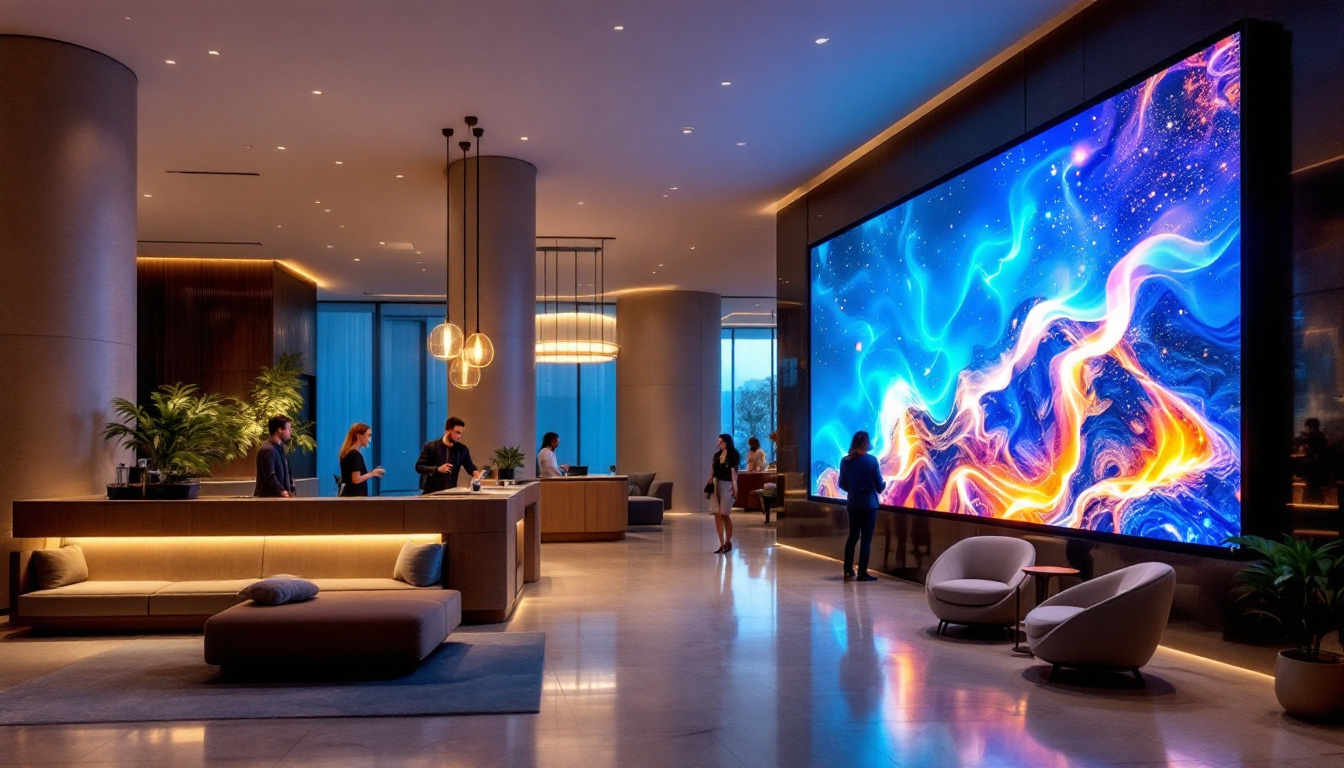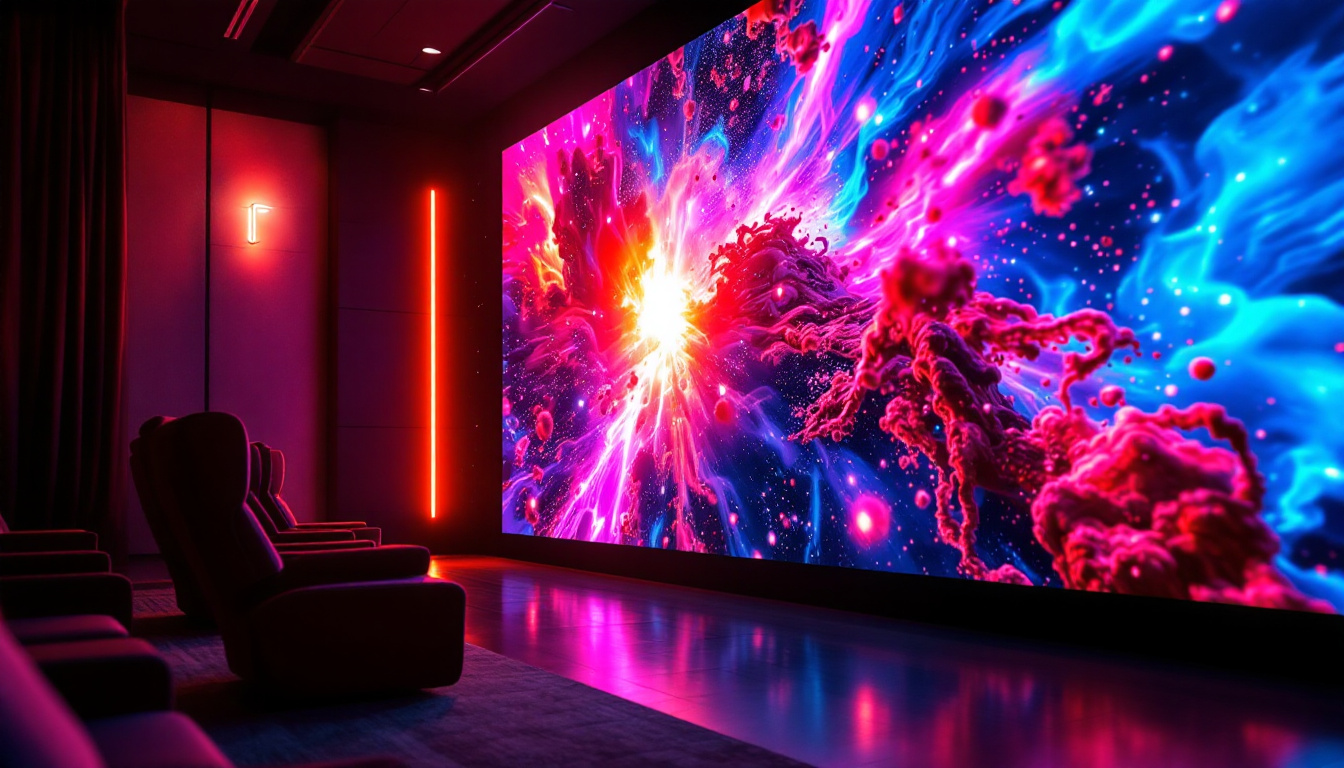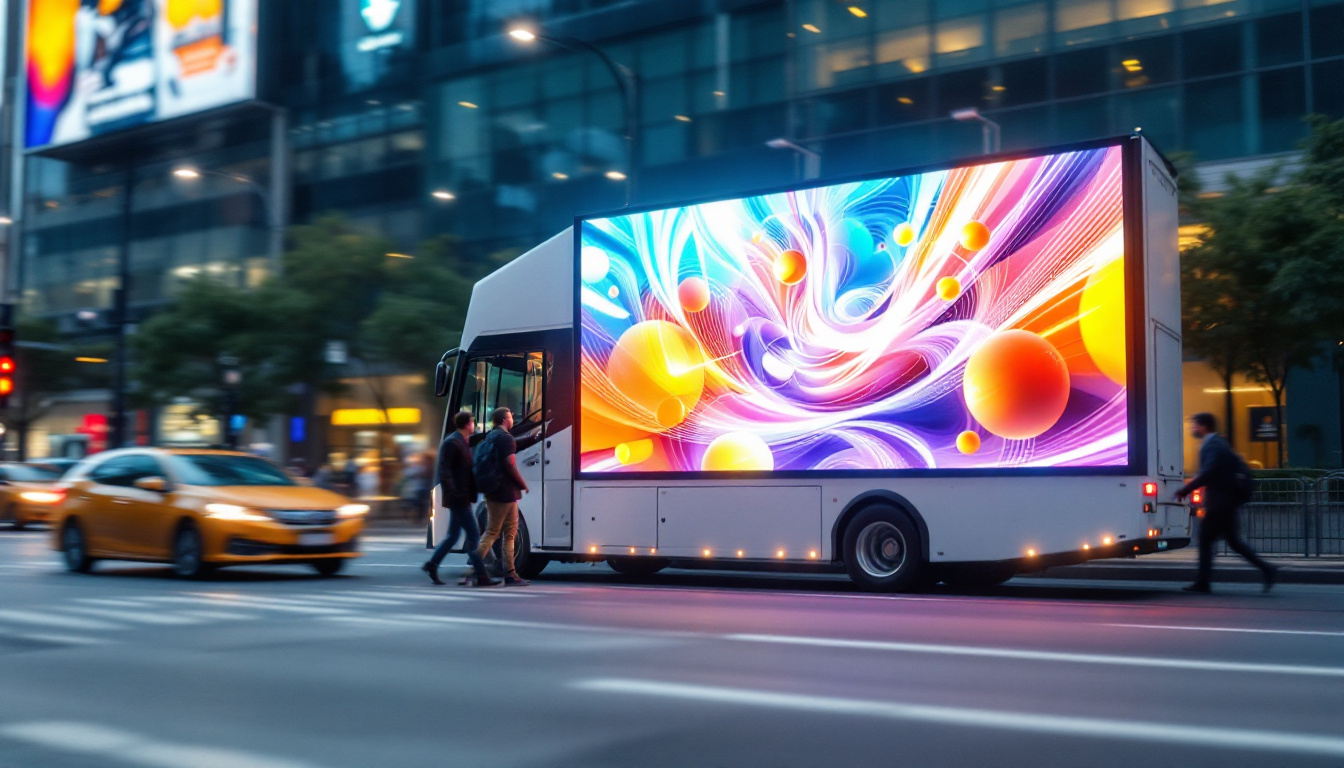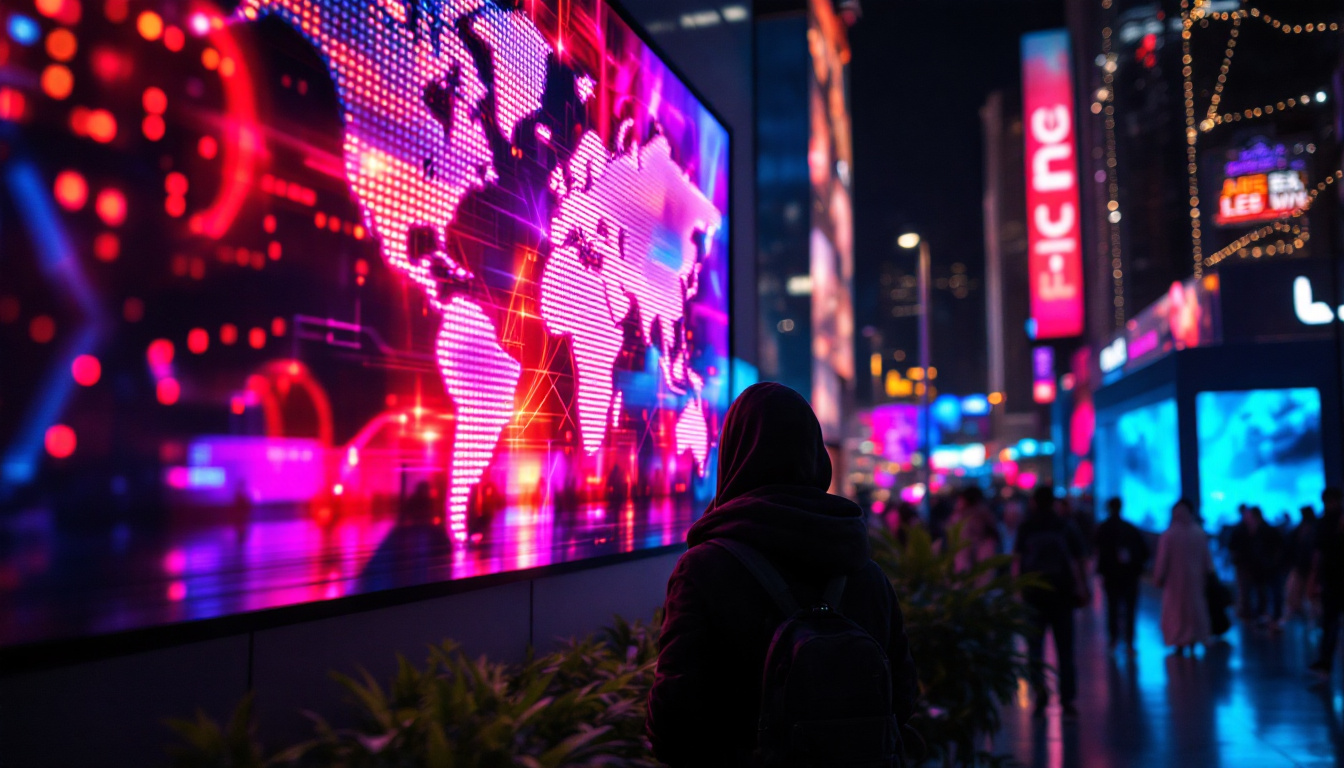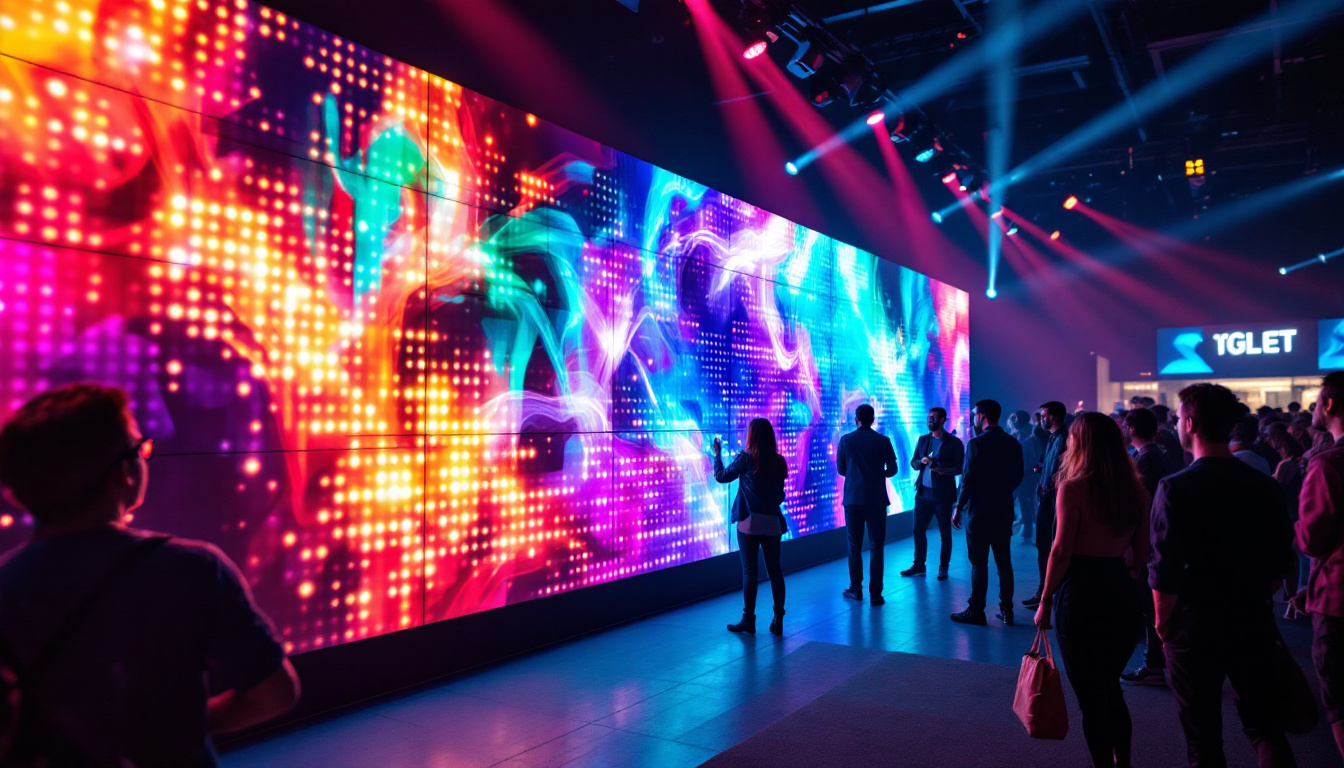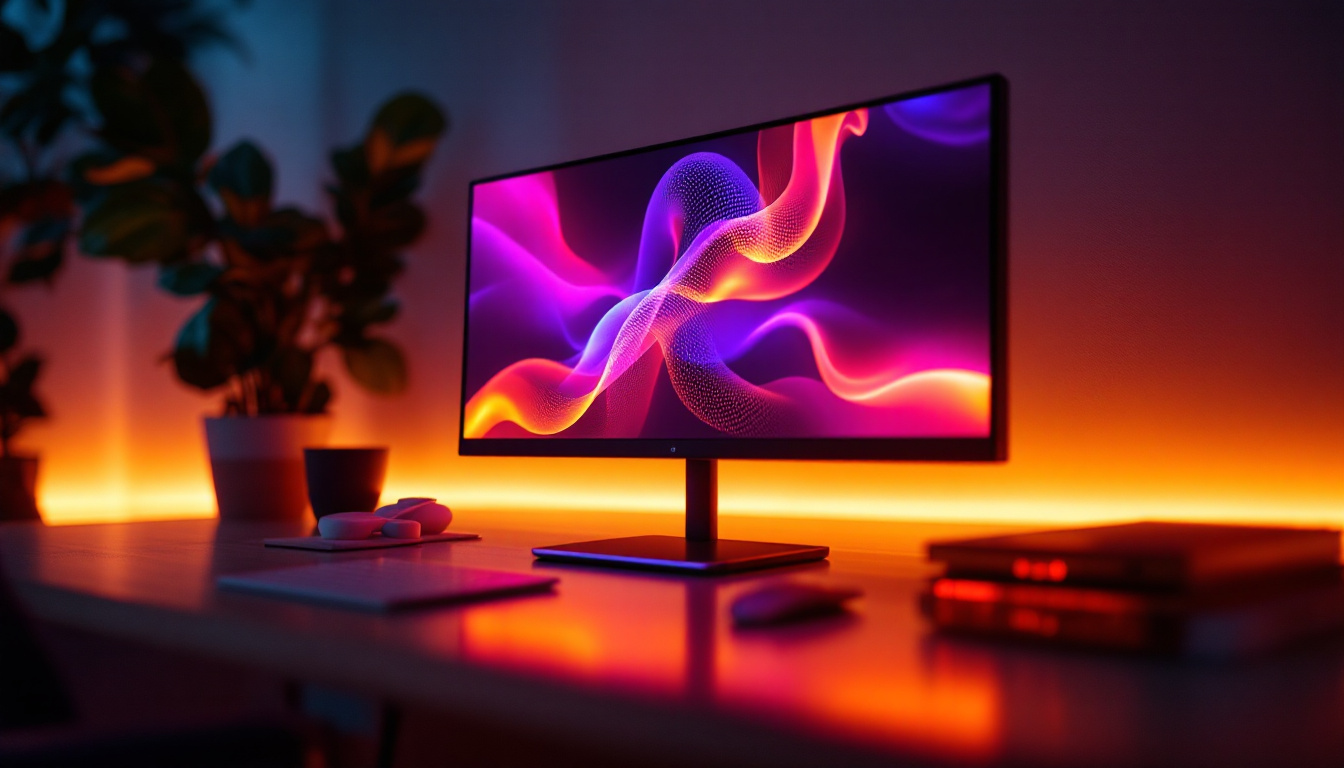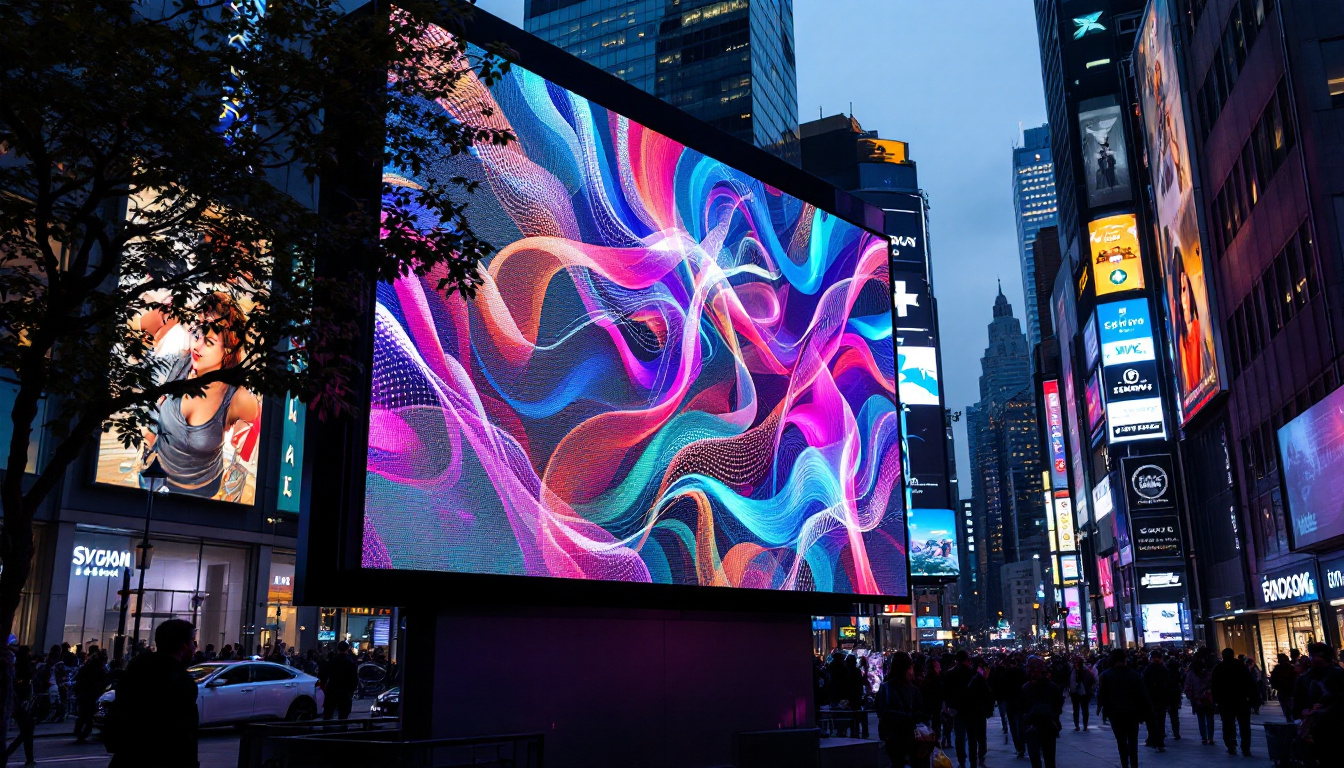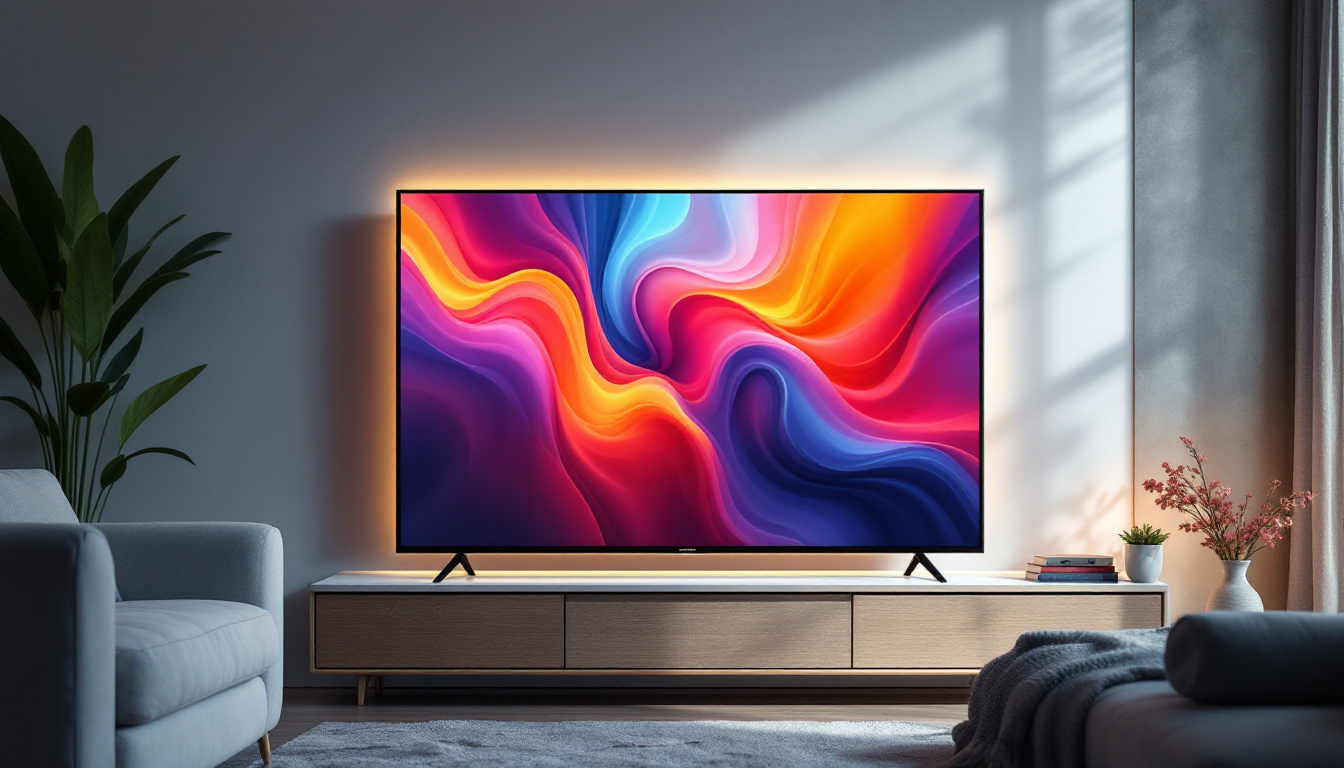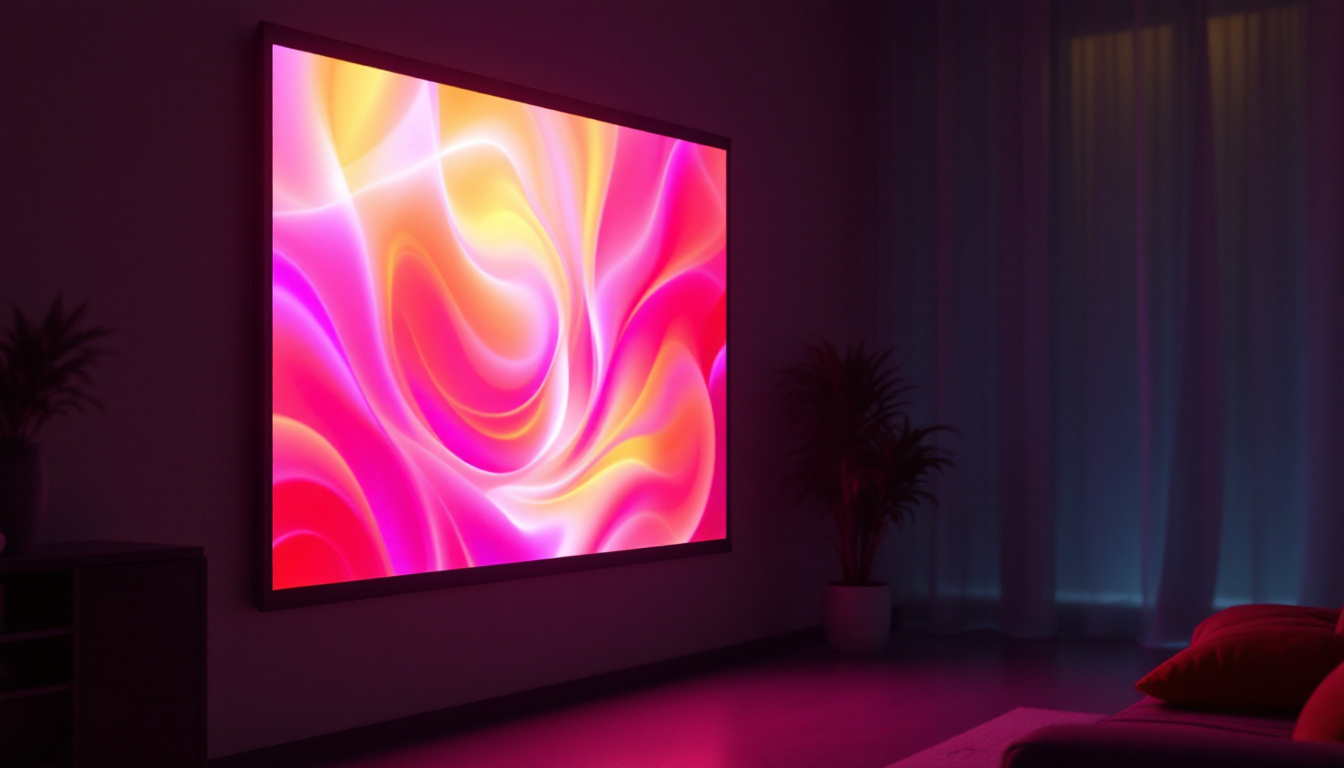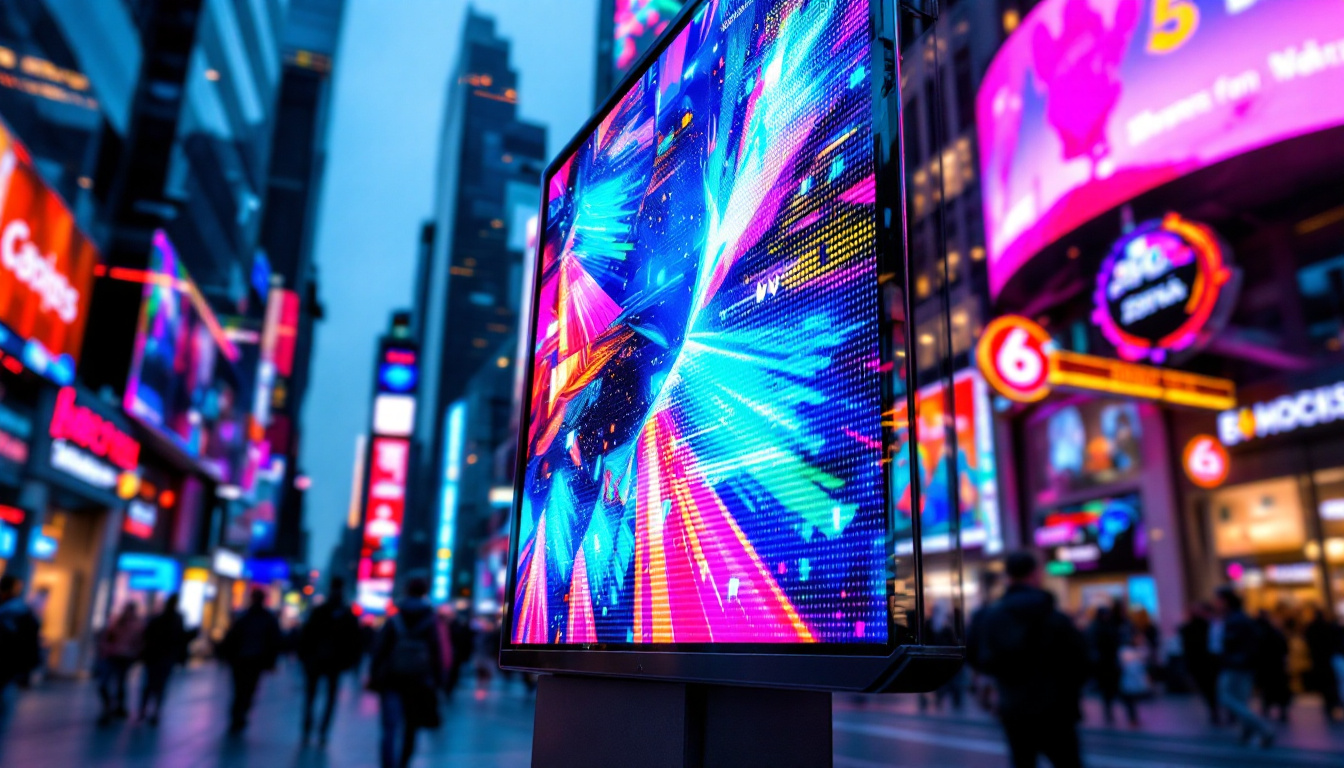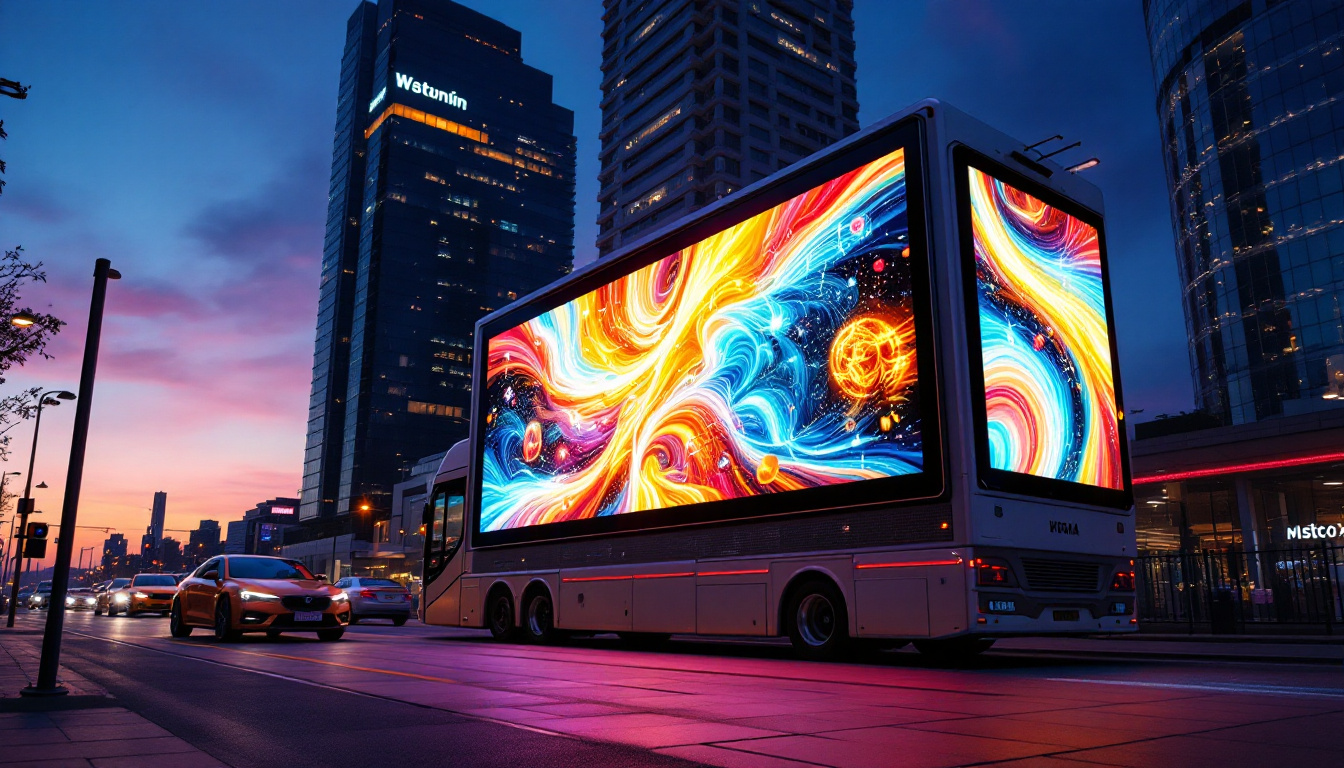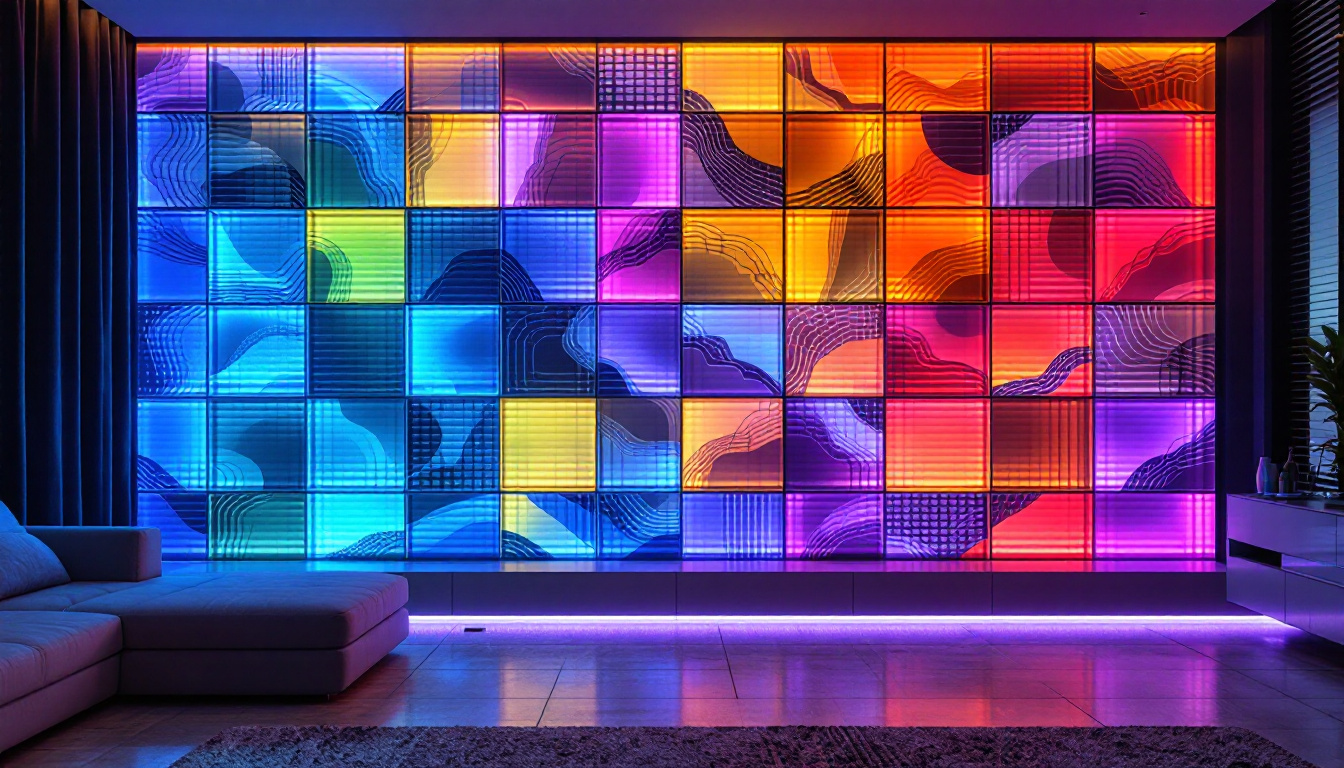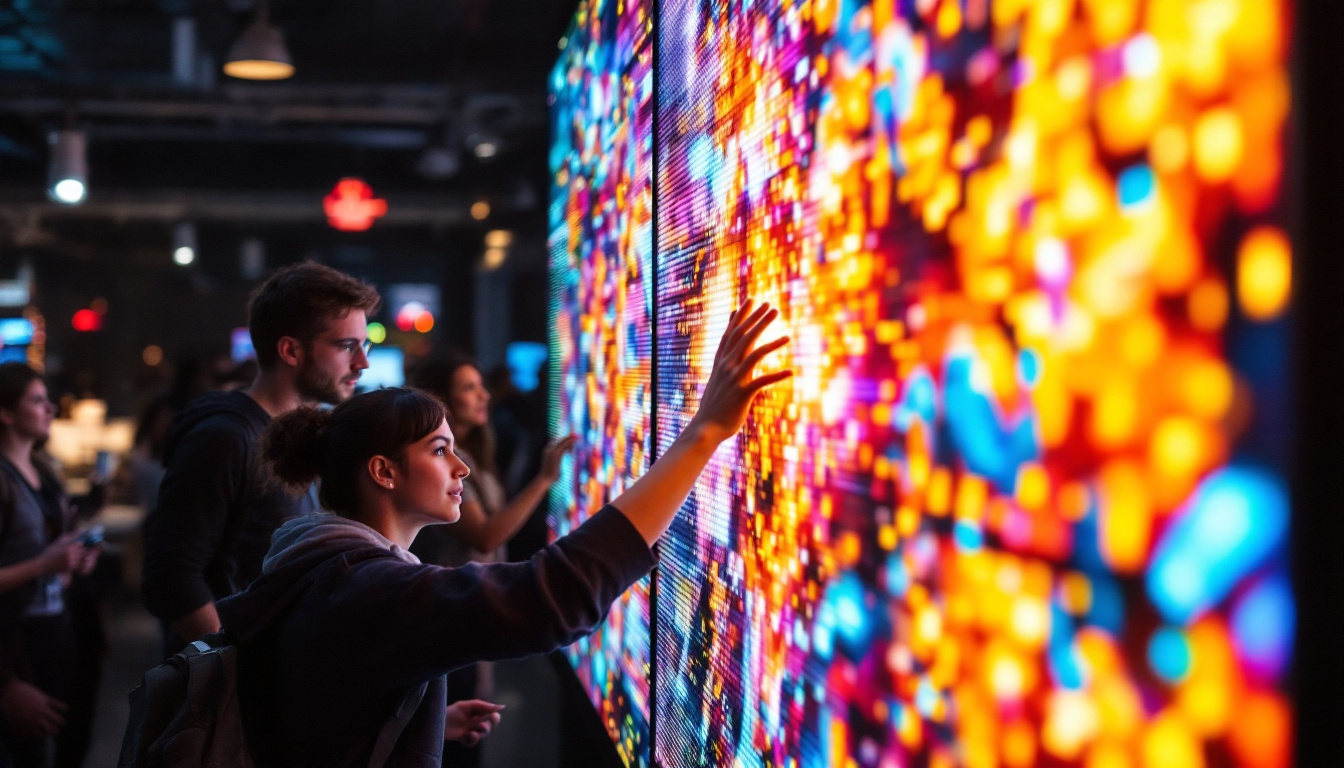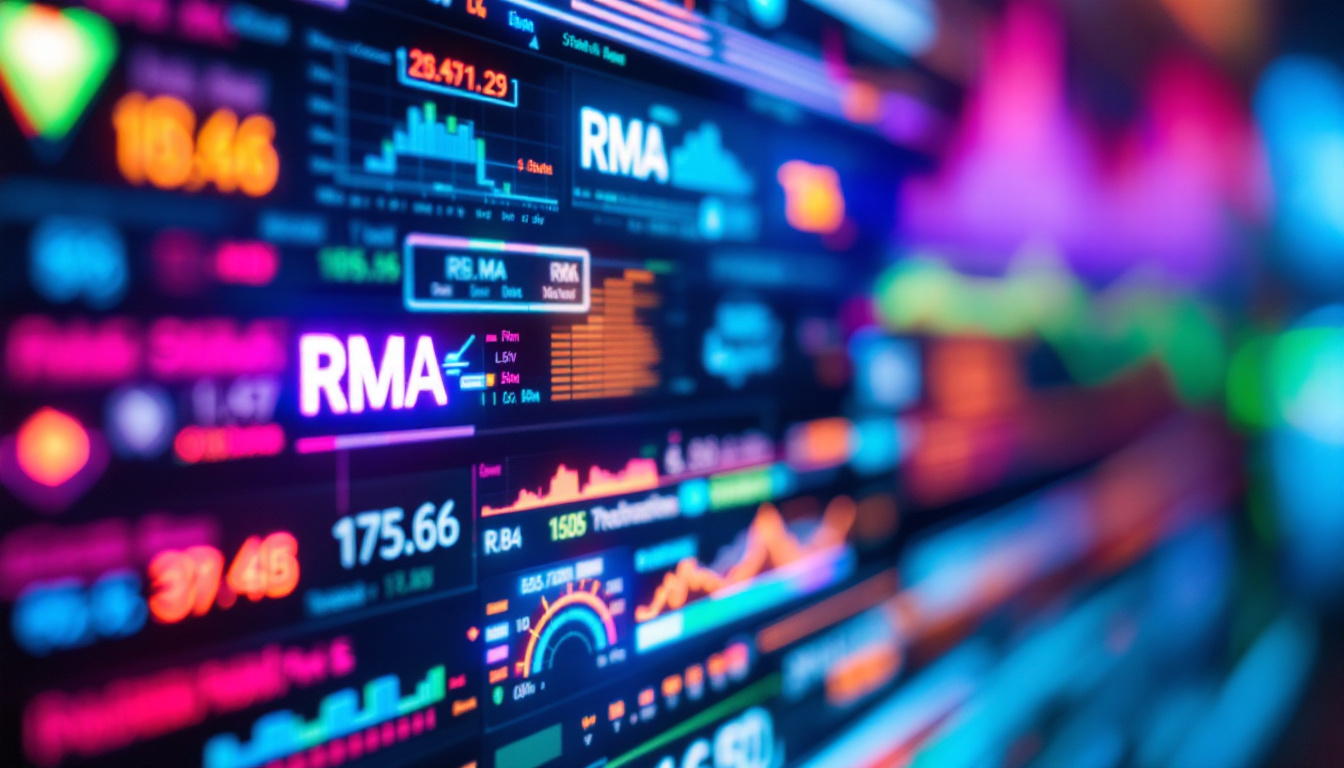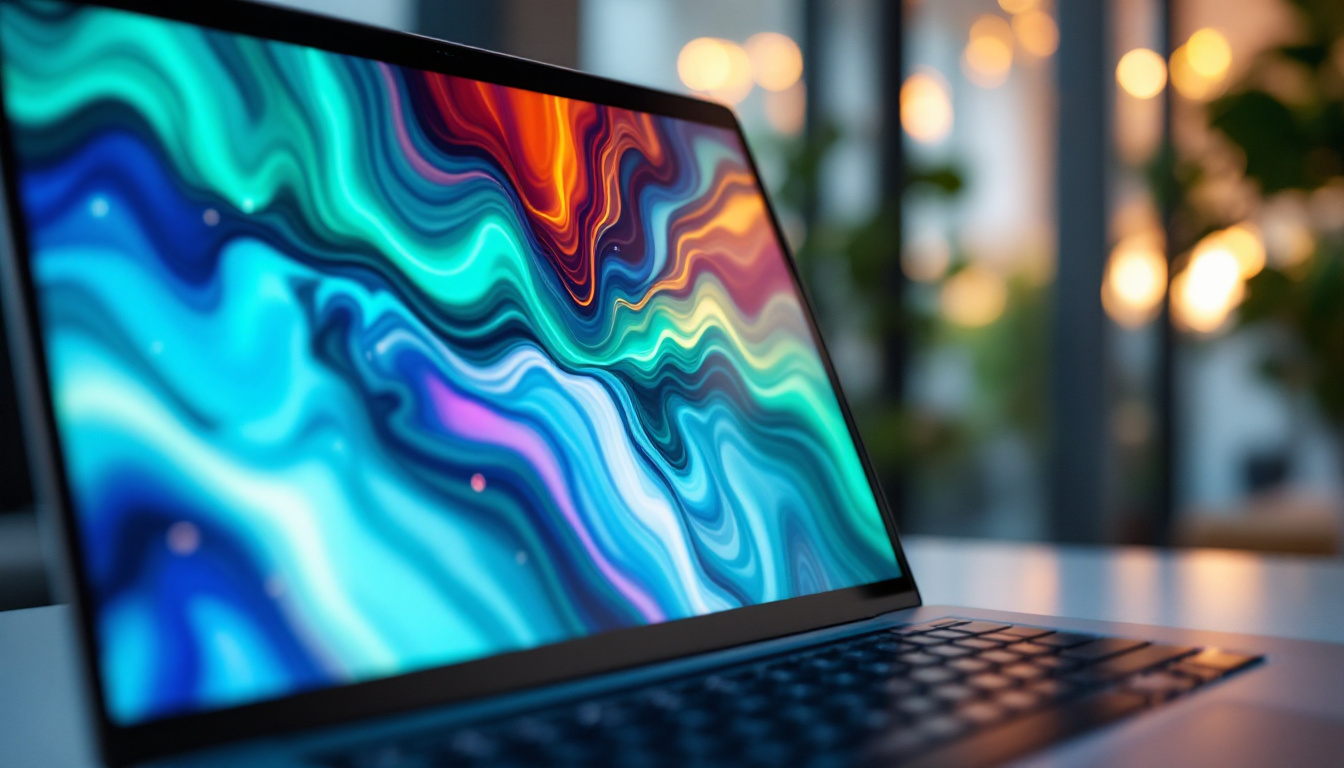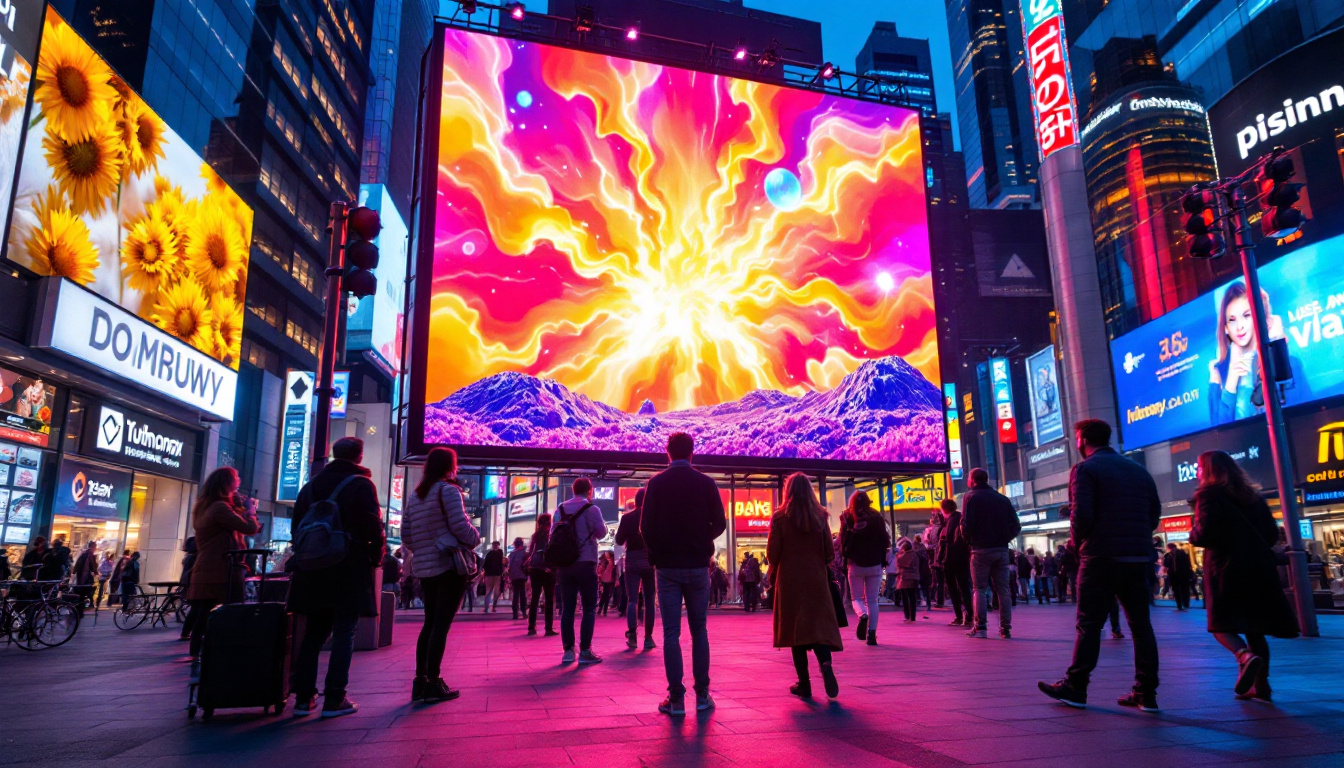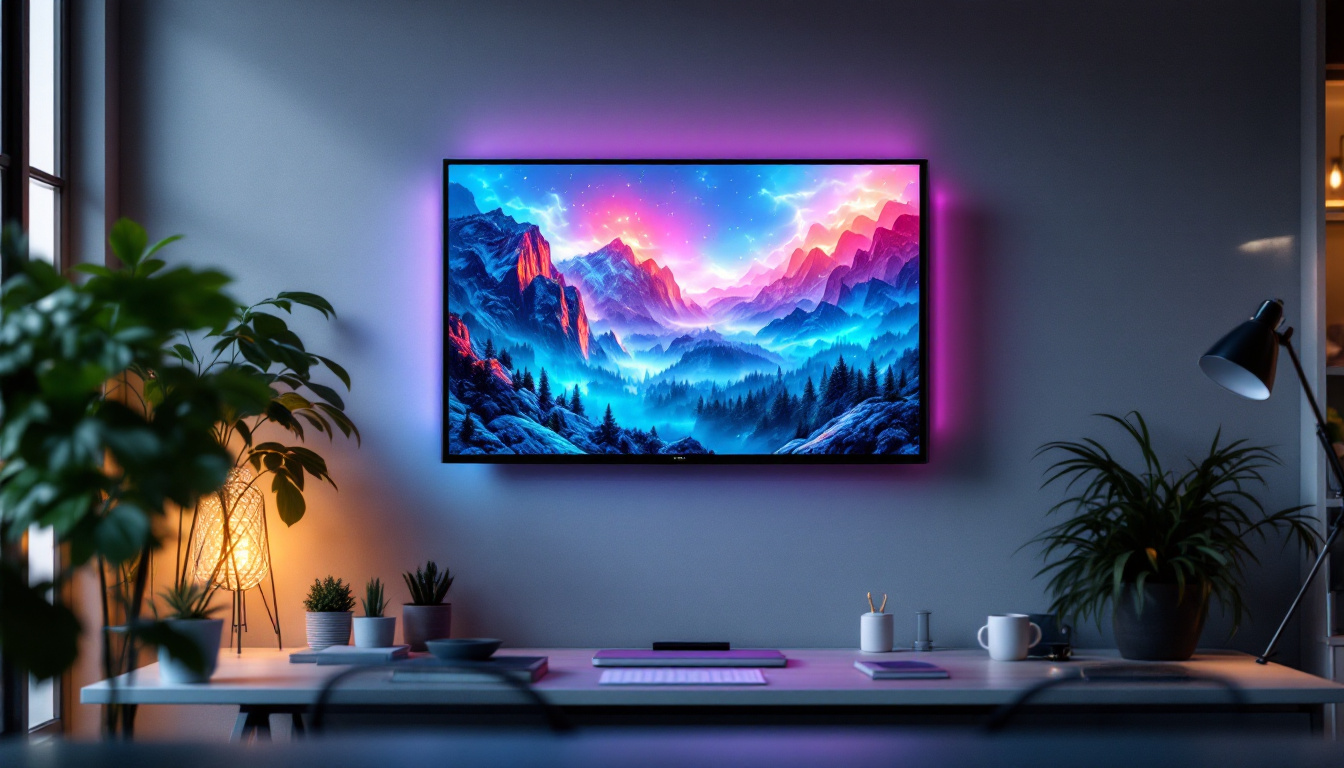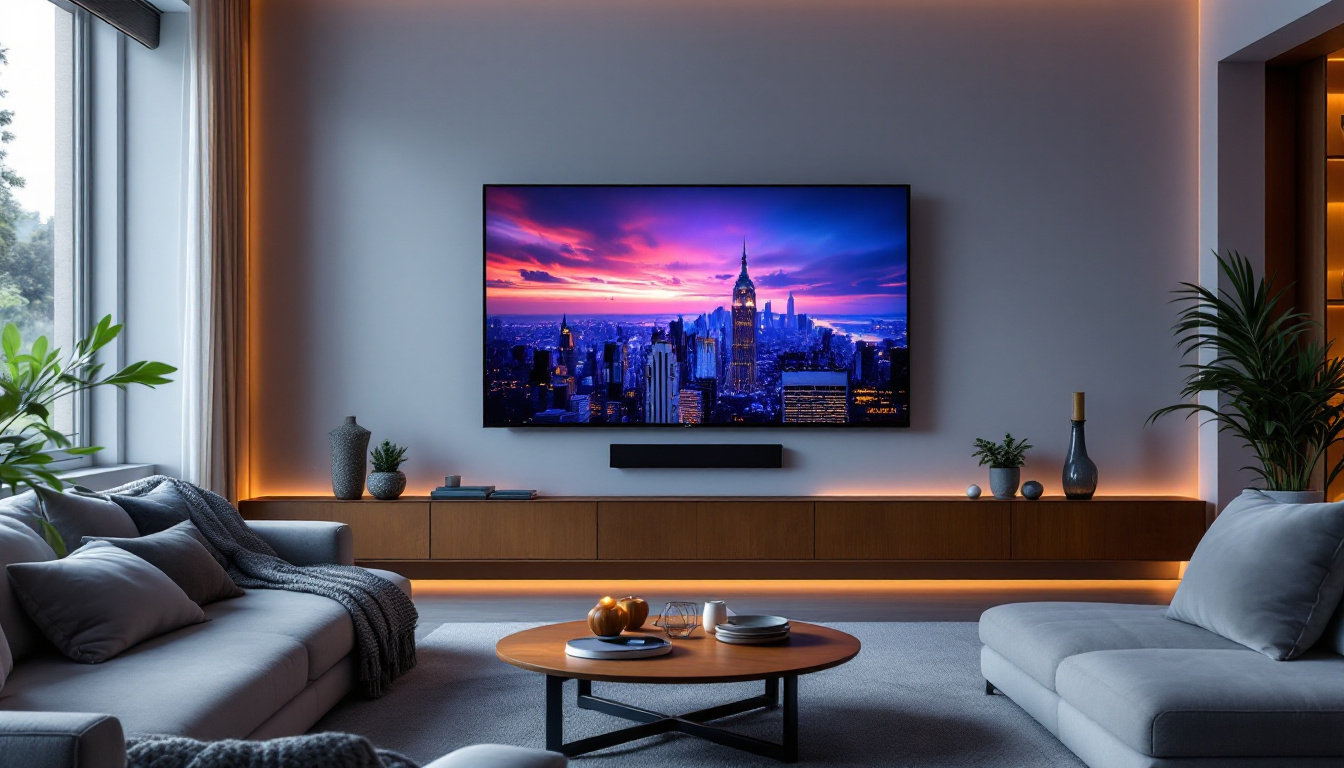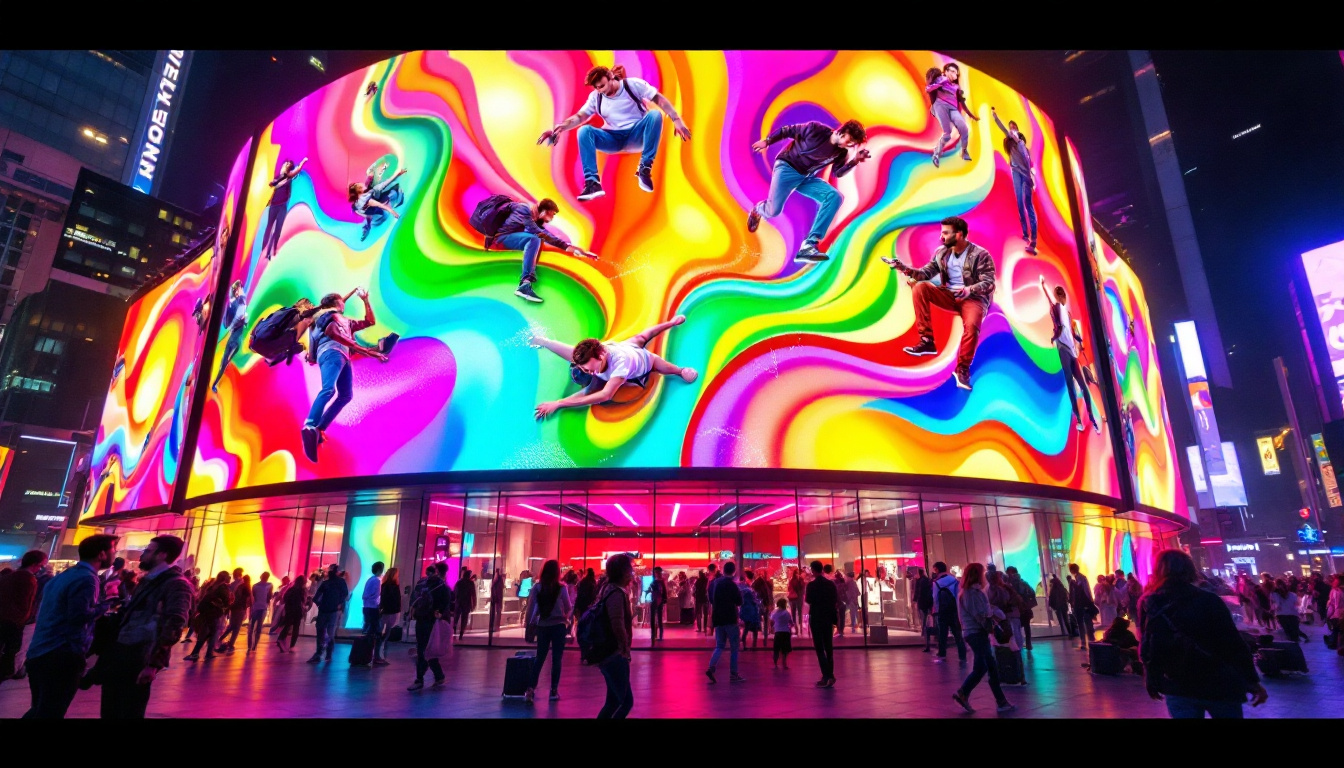In the competitive hospitality industry, hotels are constantly seeking innovative ways to enhance guest experiences while managing operational costs. One of the emerging technologies that have gained popularity in recent years is LED display systems. These displays not only serve as a tool for communication but also play a vital role in marketing and branding. This article delves into the various aspects of LED displays in hotels, including their benefits, costs, and how they can influence overall hotel expenses.
Understanding LED Displays
LED displays, or Light Emitting Diode displays, are digital screens that utilize LED technology to produce bright and vibrant images. They are commonly used in various settings, including retail, sports arenas, and, increasingly, hotels. The technology behind LED displays allows for high-resolution visuals and energy efficiency, making them an attractive option for hotel management.
Types of LED Displays
There are several types of LED displays that hotels can choose from, each serving different purposes:
- Indoor LED Displays: These are typically used in lobbies, conference rooms, and dining areas. They provide information about hotel services, events, and promotions.
- Outdoor LED Displays: Positioned outside the hotel, these displays attract potential guests by showcasing offers and amenities. They are designed to withstand various weather conditions.
- digital signage: This encompasses a range of applications, including wayfinding, event schedules, and interactive kiosks, enhancing guest navigation and experience.
How LED Displays Work
LED displays operate by illuminating tiny diodes that emit light when an electrical current passes through them. The arrangement of these diodes creates pixels, which combine to form images and videos. The technology allows for bright colors and high contrast, making the content easily visible from various distances.
Additionally, LED displays can be connected to content management systems, enabling hotels to update information in real-time. This feature is particularly useful for promoting last-minute deals or important announcements.
Benefits of LED Displays in Hotels
Investing in LED displays can yield numerous benefits for hotels, ranging from improved guest engagement to cost savings. Understanding these advantages can help hotel managers make informed decisions regarding their use.
Enhanced Guest Experience
LED displays can significantly enhance the guest experience by providing real-time information and engaging content. For example, digital signage in the lobby can welcome guests, display check-in procedures, or highlight local attractions. This immediate access to information can make guests feel more at ease and informed during their stay.
Moreover, interactive displays can allow guests to explore hotel amenities, book services, or even check local weather conditions. This level of interactivity not only enhances satisfaction but also encourages guests to utilize more hotel services.
Cost Efficiency
While the initial investment in LED displays may seem substantial, they can lead to long-term cost savings. LED technology is known for its energy efficiency, consuming significantly less power compared to traditional display options. This reduction in energy consumption can lower utility bills, contributing to overall operational cost savings.
Additionally, the durability of LED displays means less frequent replacements and maintenance, further reducing expenses over time. Hotels can allocate these savings to other areas, such as staff training or facility improvements.
Effective Marketing Tool
LED displays serve as powerful marketing tools for hotels. They can showcase promotional offers, highlight special events, and display eye-catching visuals that attract potential guests. For instance, an outdoor LED display can effectively capture the attention of passersby, encouraging them to consider staying at the hotel.
Furthermore, the ability to update content in real-time allows hotels to adapt their marketing strategies quickly. Whether it’s a flash sale or a seasonal promotion, hotels can communicate these messages instantly, maximizing their marketing efforts.
Cost Considerations for LED Displays
While the benefits of LED displays are clear, it is essential to consider the associated costs. Understanding these expenses can help hotel managers budget effectively and evaluate the return on investment.
Initial Investment
The initial investment in LED displays can vary widely based on several factors, including the type of display, size, and installation requirements. Indoor displays may be less expensive than outdoor models due to their different environmental considerations. Additionally, larger displays typically come with a higher price tag.
Hotels should also consider the costs associated with installation, which may require professional services to ensure proper setup and integration with existing systems. This upfront investment can be significant, but it is crucial to view it as a long-term asset rather than a short-term expense.
Maintenance and Operation Costs
Although LED displays are known for their durability, they still require regular maintenance to ensure optimal performance. This may include cleaning the screens, checking connections, and updating software. While these maintenance tasks are generally less frequent than those required for traditional displays, they should still be factored into the overall cost of ownership.
Additionally, hotels should account for the operational costs associated with running LED displays, including electricity and potential content management system subscriptions. These ongoing expenses can vary based on usage and display settings.
Return on Investment (ROI)
Calculating the return on investment for LED displays involves evaluating both tangible and intangible benefits. On the tangible side, hotels can assess increased bookings, higher guest satisfaction scores, and reduced marketing costs as direct outcomes of using LED displays.
Intangible benefits, such as enhanced brand image and improved guest loyalty, can be more challenging to quantify but are equally important. By creating a visually appealing and informative environment, hotels can foster a sense of trust and connection with their guests, ultimately leading to repeat business.
Implementing LED Displays in Hotels
For hotels considering the integration of LED displays, a strategic approach is essential. The implementation process involves several key steps to ensure success.
Assessing Needs and Objectives
The first step in implementing LED displays is to assess the hotel’s specific needs and objectives. This includes determining the primary purpose of the displays—whether for marketing, information dissemination, or guest engagement. Understanding these goals will guide the selection of the appropriate display type and content strategy.
Additionally, hotels should evaluate the locations where displays will be installed. High-traffic areas, such as lobbies and entrances, are ideal for maximizing visibility and impact.
Selecting the Right Technology
Choosing the right LED technology is crucial for achieving the desired results. Factors to consider include resolution, brightness, and size. High-resolution displays are essential for detailed visuals, while brightness is critical for outdoor displays to ensure visibility in sunlight.
Hotels should also explore options for content management systems that allow for easy updates and scheduling of content. A user-friendly interface can facilitate ongoing management and ensure that displays remain relevant and engaging.
Training Staff and Monitoring Performance
Once LED displays are installed, training staff on how to operate and maintain the technology is vital. Staff should be familiar with updating content, troubleshooting issues, and performing routine maintenance. This knowledge will help maximize the effectiveness of the displays and minimize downtime.
Monitoring the performance of LED displays is equally important. Hotels should track metrics such as guest engagement, feedback, and the impact on bookings to evaluate the success of the displays. Regular assessments can inform future content strategies and technology upgrades.
Future Trends in LED Display Technology
The world of LED display technology is continually evolving, and staying informed about emerging trends can help hotels remain competitive. Several trends are shaping the future of LED displays in the hospitality industry.
Integration with Smart Technology
As hotels increasingly adopt smart technology, the integration of LED displays with smart systems is becoming more common. This allows for personalized guest experiences, where displays can adapt content based on guest preferences or behavior. For example, a returning guest may see tailored recommendations on the display upon arrival.
Moreover, the integration of LED displays with mobile apps can enhance guest interaction. Guests may receive notifications about promotions or events displayed on screens, encouraging them to engage with hotel services.
Advancements in Display Quality
Advancements in LED technology are leading to improvements in display quality, including higher resolutions and better color accuracy. These enhancements allow hotels to create more visually stunning content that captures the attention of guests.
Additionally, developments in flexible LED technology enable creative installations, such as curved or shaped displays that can fit unique architectural designs. This flexibility allows hotels to stand out and create memorable visual experiences.
Focus on Sustainability
As sustainability becomes a priority for many businesses, the hospitality industry is also focusing on eco-friendly practices. LED displays are inherently more energy-efficient than traditional options, but hotels are also exploring ways to further reduce their environmental impact.
This includes using recyclable materials for display housings and implementing energy-saving features. Hotels that prioritize sustainability can enhance their brand image and appeal to environmentally conscious travelers.
Conclusion
LED displays are transforming the way hotels communicate with guests and market their services. By understanding the benefits, costs, and implementation strategies associated with LED displays, hotel managers can make informed decisions that enhance guest experiences while managing expenses effectively.
As technology continues to advance, the potential for LED displays in the hospitality industry will only grow. Embracing these innovations can lead to improved guest engagement, increased revenue, and a stronger brand presence in a competitive market.
Ultimately, the integration of LED displays represents not just an investment in technology, but a commitment to providing exceptional service and experiences for guests. As hotels navigate the future, those who leverage the power of LED displays will be well-positioned to thrive in the ever-evolving hospitality landscape.
Discover LumenMatrix LED Display Solutions
Ready to elevate your hotel’s guest experience and marketing strategy with cutting-edge LED technology? Explore LumenMatrix’s comprehensive range of LED display solutions, designed to captivate your audience and enhance your brand’s visibility. From stunning Indoor LED Walls to dynamic Outdoor Displays and beyond, LumenMatrix is committed to revolutionizing your visual communication. Check out LumenMatrix LED Display Solutions today and take the first step towards transforming your hotel’s engagement and messaging with clarity and impact.

